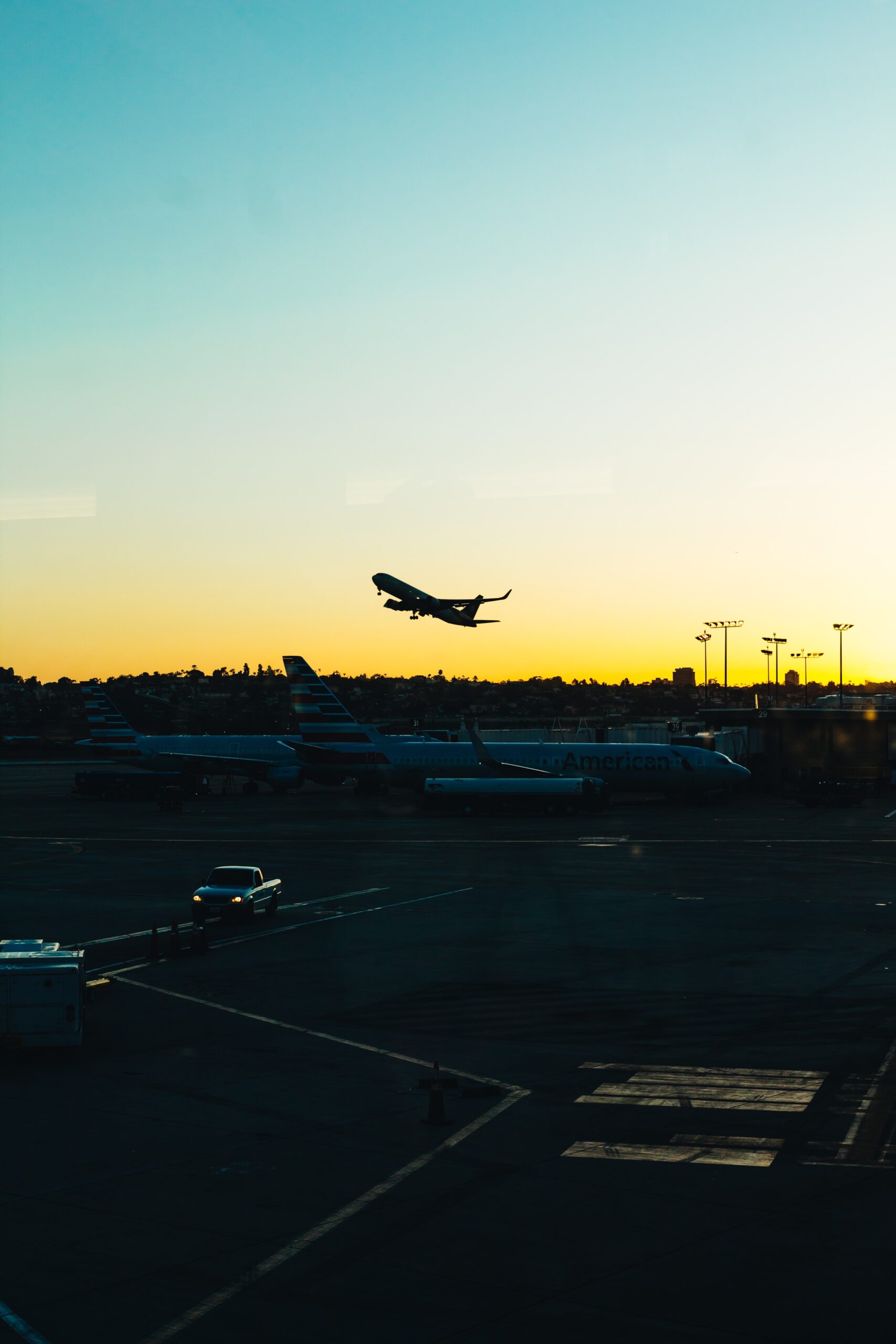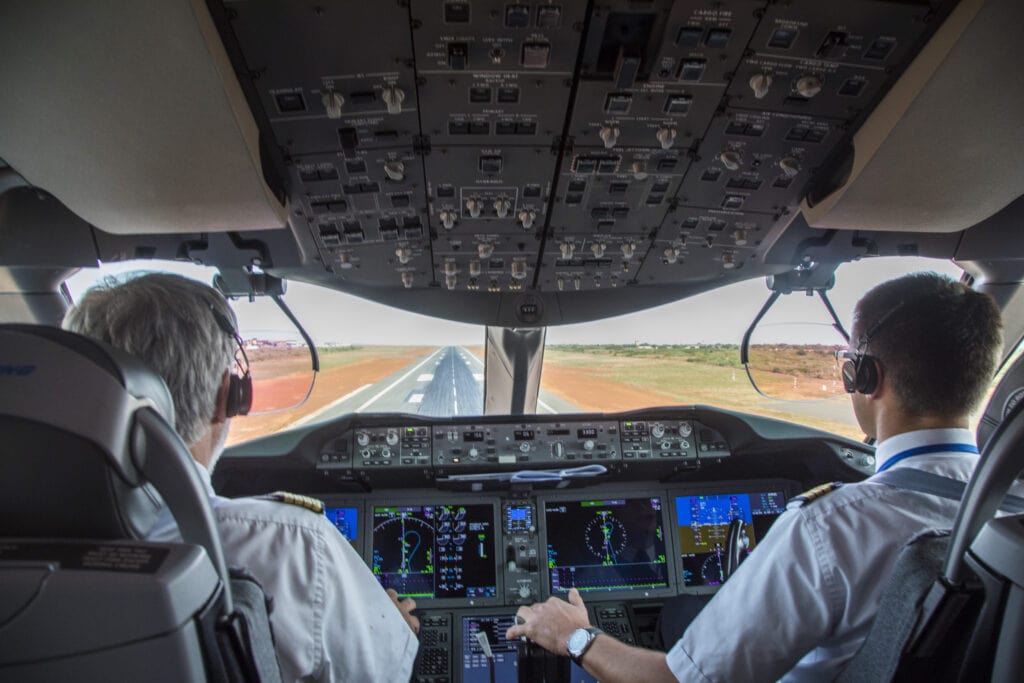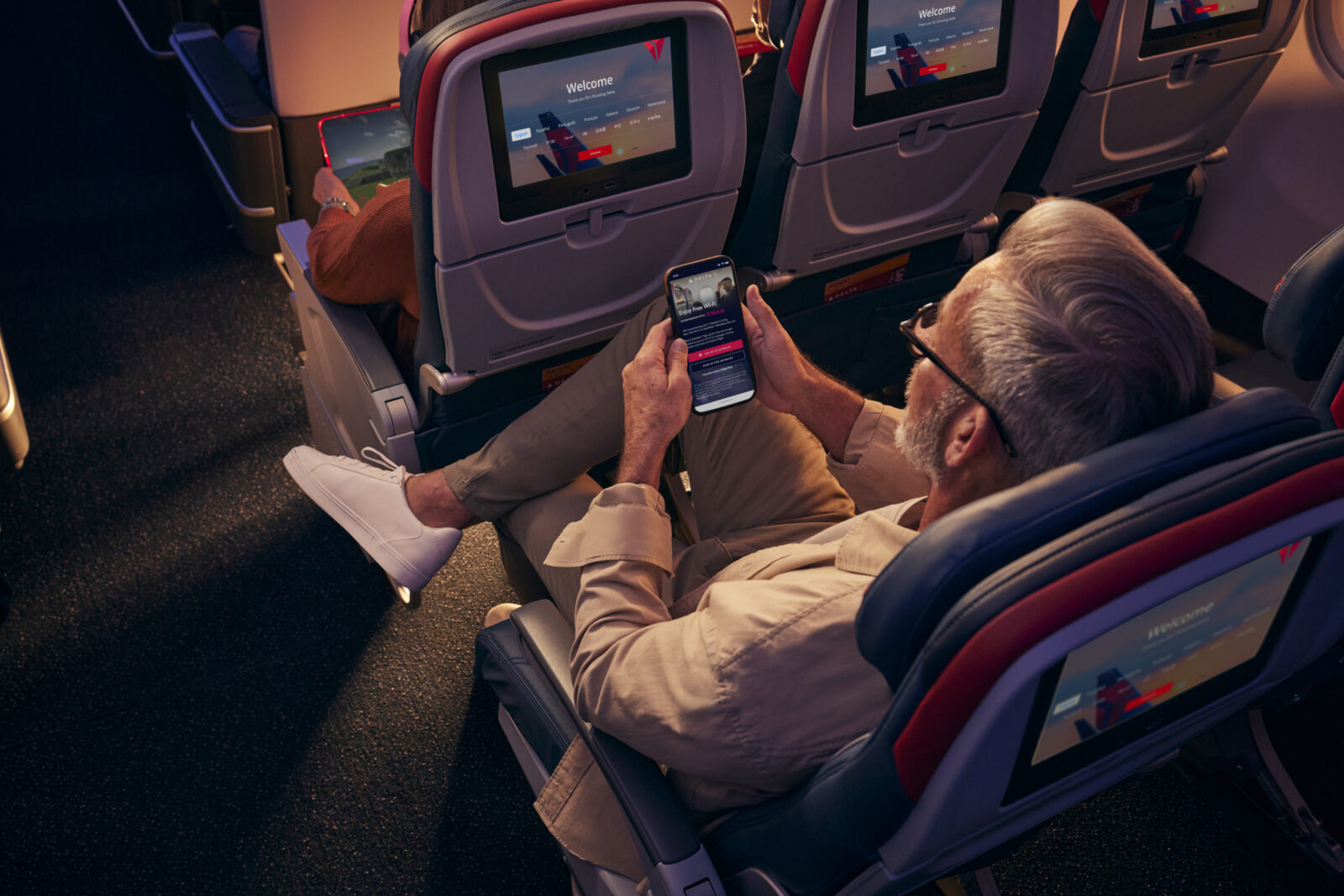Runway Incursions on the Rise: Alarming Increase in Near Misses at Airports
Near misses at U.S. airports have taken an alarming turn for the worse as airlines continue to climb out of COVID mayhem
by Lark Gould
May 15, 2023

Photo: Courtesy of Vincent Camacho / Unsplash
Near misses at airports are more common than you may think. However, in the past months, such incidents are getting reported with surprising regularity.
The FAA recorded some 1,732 runway incursions in 2022. So far this year, there have been almost 700.
Considering that some 45,000 flights (and 2.9 million passengers) take off daily into U.S. national airspace, we might be surprised to find no more problems. However, in recent months, reports of planes coming nail-bitingly close on runways in New York, Texas, Boston, Hawaii, Florida, and Virginia, near Washington, D.C., have triggered investigations and created concern that the aviation industry may be seeing a perfect storm swirling in the skies.
Runway Incursions Pile Up
Among the more notable events that the FAA is now calling “runway incursions” happened in January when a Delta Air Lines flight had to abort takeoff as an American Airlines plane crossed about 1,000 feet ahead of it at JFK.
The following month saw two planes just narrowly missing each other at Austin-Bergstrom International Airport (AUS) in Texas as a FedEx cargo plane aborted landing on the same runway that had a Southwest Airlines flight departing following clearance to do so.

Photo: Courtesy of Merve Sensoy / Unsplash
In another incident at JFK in January, JetBlue Flight 1603, an Airbus 320 aircraft, actually struck the tail of a parked JetBlue, also an A320 aircraft, as it pushed back from the gate. But, again, no one was injured, and a new plane was put in service for the departing flight.
This year’s incidents include a United Airlines jet that crossed a runway at Daniel K. Inouye International Airport (HNL) in Honolulu as a cargo aircraft was heading into land. Also, at California’s Burbank Airport (BUR), a Mesa Airlines plane aborted a cleared landing upon seeing a SkyWest plane taking off from the same runway.
FAA Response
The F.A.A. is making tracks to keep a ceiling on these incursions with various measures, including issuing a rule requiring cockpit voice recorders to capture 25 hours of information – from flight crew communications to engine sounds, beeps, alarms, and other noises. At this time, cockpit voice recorders save only two hours of audio.

Photo: Courtesy of Air France-KLM
Fortunately, reported runway incursions have averted severe collisions and fatalities in recent years. However, perhaps the most serious such incident did not happen in the U.S. but on the runways of Tenerife International Airport (TFS) in the Canary Islands – often used as a fueling stop and passenger pick-up point for airlines flying from the east coasts of Africa and Gulf regions to the U.S.
On March 27, 1977, Pan Am (PAA) flight 1736, a Boeing 747, and KLM4805, a Boeing 747, collided on runway 12, killing 583 passengers and crew. It was learned, however, that KLM4805 departed runway 12 without a takeoff clearance and then collided with PAA1736 as it was taxiing on the same runway during a time of poor visibility due to weather.
Deadliest Incursion in the U.S.
In the U.S., the most deadly runway incursion in recent years happened in Lexington, Kentucky, in 2006, with 49 fatalities. The fatal runway accident occurred in daylight when Comair flight 5191, a Bombardier CL-600-2B19, crashed during takeoff from Blue Grass Airport (LEX).
The flight crew was instructed to take off from runway 22 but instead lined up the airplane on runway 26 and started to make its roll. The aircraft ran off the end of the runway, crashing into the perimeter fence, trees, and terrain. The captain, flight attendant, and 47 passengers were killed by impact forces and post-crash fire.

Photo: Atlanta-Hartsfield International Airport. Courtesy of Skyler Smith / Unsplash
The flight was heading to Hartsfield-Jackson Atlanta International Airport ATL. The NTSB ruled pilot error in the flight crewmembers’ failure to use available cues and aids to identify the airplane’s location on the airport surface during taxi and their failure to cross-check and verify that the aircraft was on the correct runway before takeoff.
According to studies by Boeing Commercial Airplanes as well as the Flight Safety Foundation, nearly half of all aviation accidents occur during the final approach or landing, and 14 percent occur during takeoff or initial climb.
Not surprisingly, roughly 96 percent of all runway accidents and 80 percent of the deaths stemming from runway accidents are the results of runway excursions.
Any occurrence at an airport involving the incorrect presence of an aircraft, vehicle or person on the protected area of a surface designated for the landing and takeoff of aircraft is considered an incursion, while a runway excursion is a veer off or overrun from the runway surface.
Few incursions or excursions result in death or even serious injury. The FAA notes that most incursions are not classified as serious – and very few make headlines.

Photo: Courtesy of Lenstravelier / Unsplash
“The vast majority of runway incursions are not serious occurrences,” the FAA said in a statement. “However, reducing the risk of them occurring remains one of the FAA’s highest safety priorities and is a shared responsibility that encompasses pilots, air traffic controllers and airport vehicle drivers.”
Staff exhaustion, fatigue, pilot shortages, mandatory retirement ages, training cutbacks, and highly pressured control tower circumstances that see general understaffing issues and the need for longer downtimes are the factors targeted for blame and receiving needed attention.
Silver Lining?
However, the good news is that these incidents remain simply incidents so far, without accompanying tales of death and destruction.




